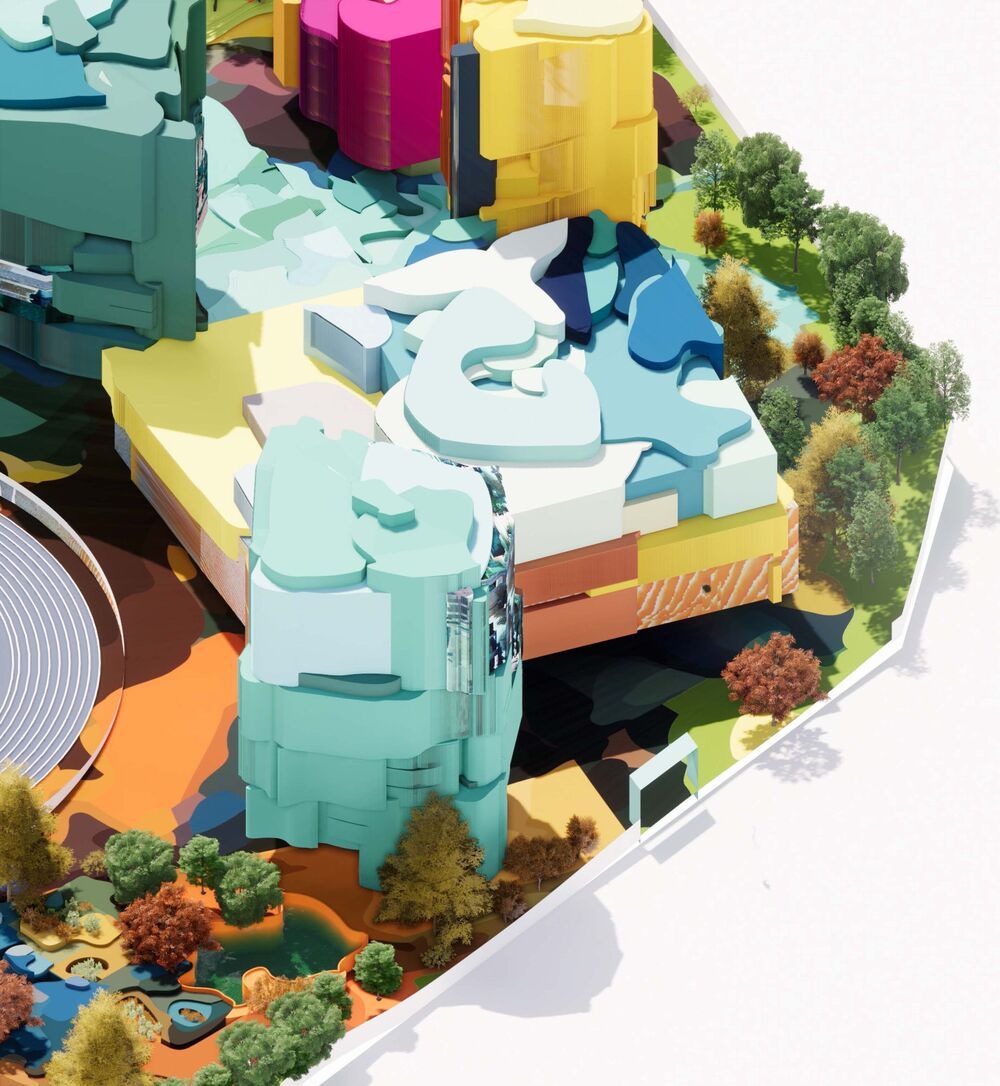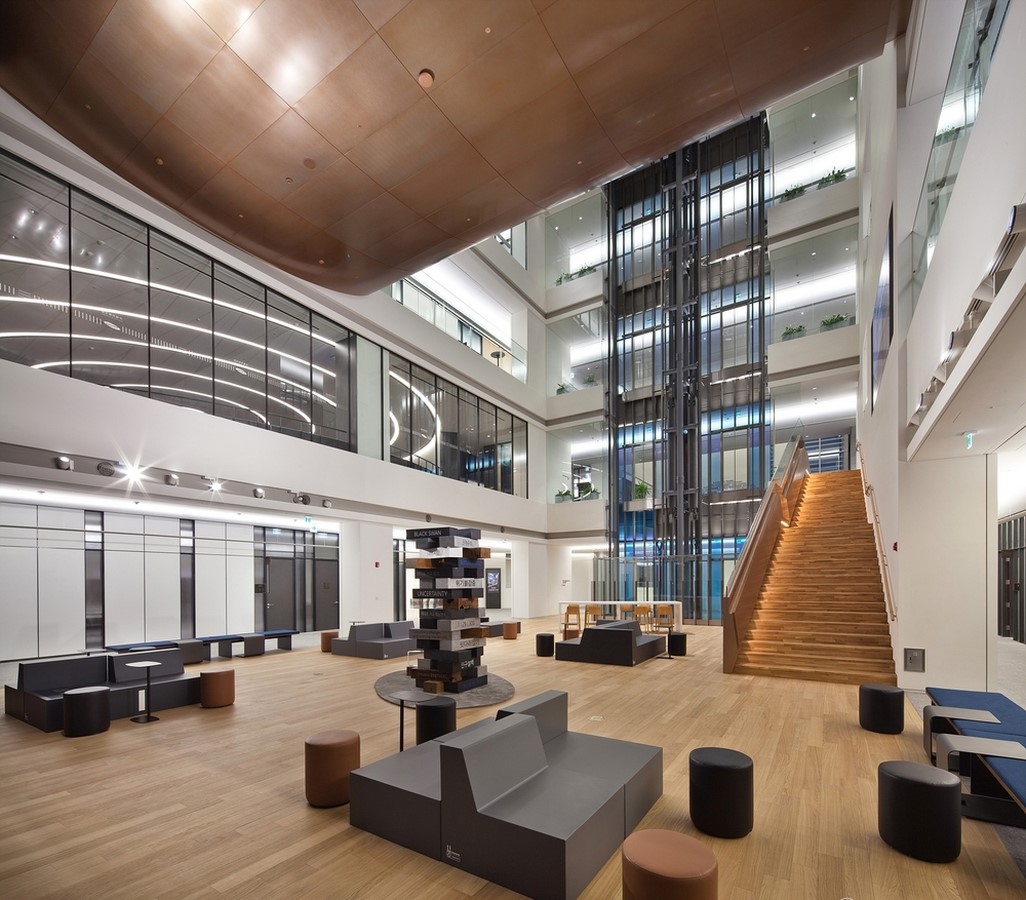Table Of Content
- The limitations of current VR tools
- Across the industry, architects are embracing a new partner in their creative pursuits: artificial intelligence.
- How can Leonardo.Ai help architects?
- Grow-at-home furniture
- Artificial Intelligence: how are architects using AI right now and what are they using it for?
- Ready to create stunning designs?
- AI Render tools for architecture & interior design.1-click Sketch to Render in seconds.

From a rendering perspective, tools such as ArkoAI may reduce the time spent on the design and rendering process in the Architecture, Engineering, and Construction (AEC) industry. The seamless integration between these types of artificial intelligence systems and AEC industry software prompts a transformation of the conventional design process. In the future, with a few words, building designs will be rendered with different environments, lighting, and styles. In this context, Generative AI generates new design ideas or rapidly renders directly from models developed in software such as Revit, SketchUp, and Rhino.
Emerging Tech Meets Old-World Tradition With Generative AI-Designed Sink - ARCHITECT Magazine
Emerging Tech Meets Old-World Tradition With Generative AI-Designed Sink.
Posted: Tue, 06 Feb 2024 23:41:29 GMT [source]
The limitations of current VR tools
Analyzing imagery on the Internet, image generators like Midjourney can develop richly detailed, near-photo-quality pictures from short text prompts. This can be a powerful boon to early concept brainstorming, the digital equivalent of a detailed napkin sketch. These images are also useful for reaching the broader public and can be used on marketing and promotional materials to illustrate basic design concepts and contexts.
Across the industry, architects are embracing a new partner in their creative pursuits: artificial intelligence.
ARCHITEChTURES not only assists in the production of higher quality building design, it is also a powerful productivity tool as it dramatically reduces early stage residential design times from months to hours. We can customize the input and output parameters to guarantee a specific design outcome or to show any specific ratio or data coming from the building design in real time. The system performs a detailed takeoff of every work unit in real time to let the user input the unit cost for every line. This enables our users to continuosly know the economic impact of each design decision he makes.
How can Leonardo.Ai help architects?
Despite cultural biases, designers like Bhatia believe that technology can bridge the gap between the human and the natural by showing buildings with natural attributes – such as the form of a tree – that AI can capture with a high degree of detail. According to Cusick, Stability AI is already working hard at implementing 3D processes for their platforms, and voice-to-image and image-to-image capabilities are other potentials for the technology that may soon be widely used. The images created by these bots – including eerily real-looking imaginary buildings – have become an internet sensation and led to discussions about how they could impact the future of design and architecture. In ClickUp’s virtual realm, real-time collaboration can be used to refine designs collectively, while ClickUp’s reporting tools provide invaluable insights to identify improvement areas and fine-tune workflows.
In training as an architect, one could not hope to see more than a few tens of thousands at an absolute limit. Data science techniques open the possibility of comparative analysis for vastly larger sets of visual data, effectively augmenting the intuition and capacity of an architect. This blurs the boundaries between the humanistic and computational techniques of analysis and criticism, and further calls into question the sacrosanct distinction between design and technique. Data has become a common lingua franca among disparate disciplines and industries, and as such constitutes an indispensable mode of analysis, insight, and action around complex multidimensional problems. As vexing ecological, social, and economic issues call for systemic transformation, data can provide a common framework for understanding and action.
Second, it could imagine innovations in spatial design beyond the typical typologies by intersecting physical space with data-enabled ways of perceiving and understanding it. Third, it would be an office very much about making the future in tangible, physical, spatial detail, not merely visualizing possibilities digitally. It would understand the continuum between physical and digital experience as more fluid today than ever before, and that fluidity is a uniquely contemporary design opportunity. Fourth, it would embrace collaborations in many forms, engaging corporate, institutional, governmental, and cultural clients with equal relevance because it could speak the common data language of systemic challenges.
Harvard Graduate School of Design Offers Online Course on AI for Architects - Archinect
Harvard Graduate School of Design Offers Online Course on AI for Architects.
Posted: Mon, 13 Nov 2023 08:00:00 GMT [source]

Parafin is a cloud-based generative-design platform that’s currently used for hotel developments. Aimed primarily at real-estate developers, it helps quickly evaluate the financial viability of potential building sites in early-stage planning. It asks for just a few parameters (number of rooms, parking, site, height, and brand guidelines for hoteliers) and can generate millions of iterations fulfilling these guidelines—all searchable by financial performance, cost, and more.
Ready to create stunning designs?

ARCHITEChTURES is dramatically improving the design process and is rapidly becoming the preferred tool in the initial phases of the building design process, the perfect copilot for architects and decision-makers. The system generates in real time a BIM model with the geometry resulting from the AI-aided design process, all with a data structure that is completely navigable online to facilitate user review and design edition. Created as part of Microsoft’s Artist in Residence program, the installation Ada, named after first computer programmer Ada Lovelace, uses AI to create a performative environment. The first architectural pavilion project to incorporate AI, the exoskeleton translates data from visitor’s facial expressions and their voice tones into specific sentiments.
The designer outfitted a door handcrafted in India with a vintage mirror to create a one of a kind headboard and bathed the space in deep emerald green. The glamorous touches continue in the ensuite bath, where Sabatella added a custom mirror-tiled tub that plays off the vintage French tile floor. AI in architecture is also limited by fundamental economic and selection-bias dynamics that affect the quality of data these applications draw on. AI algorithms are limited by how much data they have to learn from—in architecture, this data can be proprietary, which creates a disincentive to share it with potential rivals working on their own AI applications. Used mostly for office spaces, the AI for this application was trained with a subset of Obayashi’s portfolio of more than 2,800 Autodesk Revit files.
AI can’t yet define the constraints that come with a building project, such as the program, size, audience, material, or geographic context. These parameters come from interactions with clients, which also can’t be outsourced to AI. Th technology also has little understanding of how people move through space and interact with objects, and it can’t yet generate 3D imagery via text prompt with the richness and detail with which it creates 2D imagery. Feeding a string of architectural description (“Eco-topia Flintstones California Bungalow at the La Brea Tar Pits”) into image generators like MidJourney doesn’t result in anything buildable.
With its advanced algorithms and machine learning capabilities, it can create intricate and detailed architectural designs within seconds. Architects can input specific parameters, and the building designer will generate multiple design alternatives, providing a wealth of inspiration and possibilities. The designers worked with a color palette of Dunn-Edwards paints, and several chose to highlight the brand’s 2024 Color of the Year, a steely blue called Skipping Stones. Nods to Pasadena’s famous peacocks can be found throughout the designs, and many creators fearlessly brought in statement floors, enveloped their spaces with jewel tones, and added texture to ceilings.
For her Foyer of Enchantment, Scheff installed a custom mural by Hattas Art Studios, a John Richard chandelier dripping with glass leaves, a silk wall covering by Aux Abris, and organic furniture created with Amorph Studio. “I wanted you to feel like you were transported to another time and place,” Scheff says. The architect Danish Kurani, who runs his own design studio, has been using VR tools for seven years. Early on in the process of designing a room or building, Kurani puts on a headset to view proposals created by architects on his team and talk through different options. When they’ve finished their preliminary designs, he then gives his clients guided tours to get them excited and to solicit feedback.

No comments:
Post a Comment